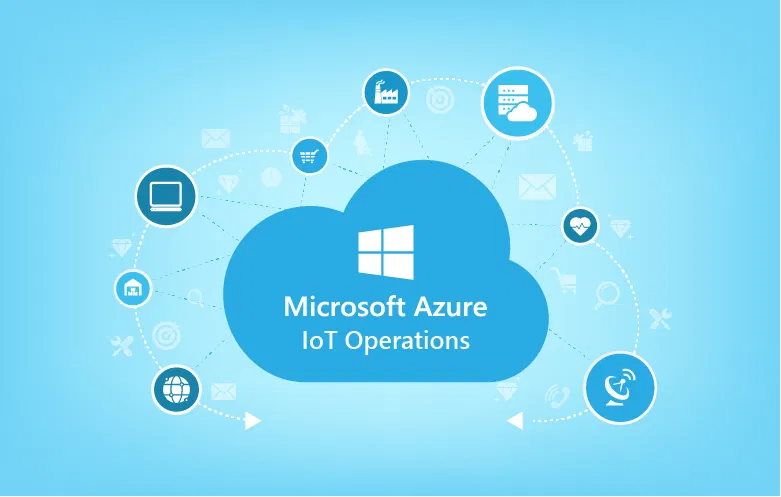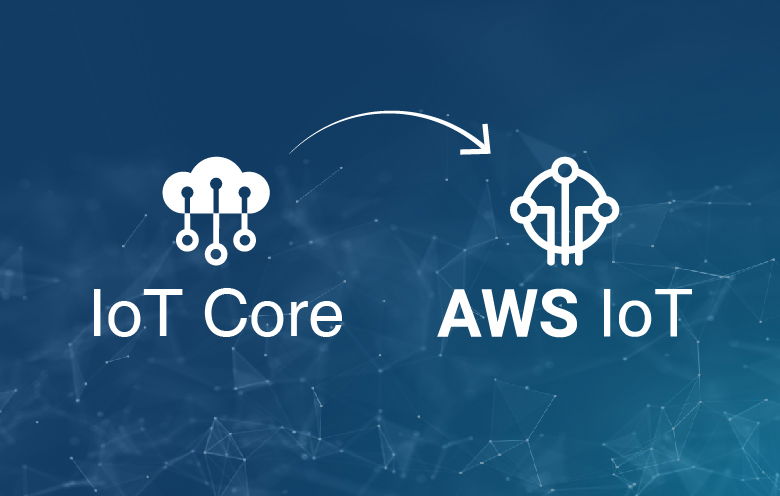Connected Parking Solutions from Commercial Building to Smart Cities

Recent transformation in technology has seen the adoption of IoT-enabled connected solutions by buildings, factories and offices for better utilization of space, occupancy and monitoring of assets from remote locations.
However, parking space providers are still using legacy systems and manual processes to manage parking spot allotment. Age-old parking lots in a commercial building that allow parking by simply purchasing a ticket are no longer capable enough to deal with the current levels of traffic congestion. Another aspect is hiring and investing in training parking staff, which is a big CAPEX, also adding to operating costs. Even if automated solutions are implemented in a few buildings, they are not accurate enough and don’t provide real-time availability. Combining that with parking violations by drivers results in a long and delayed parking queue.
Recent research by INRIX provides insights such as, the average time spent looking for parking across the U.S. was 17 hours. The average American overpays $97 per year for parking and motorists lose $345 annually in terms of fuel wastage and time needed to search a parking spot. The average Seattle driver spends 58 hours every year looking for parking in the city’s core, within one mile of the city center; that costs each driver $1,205 a year, on average. According to Parkopedia.com, New York has one of the most expensive short-term parking in the world with an average of $30 for 2 hours.
It makes a lot of sense to not only provide connected parking solutions to find the right parking spot, but real-time notifications for a preferred parking space along with accurate insights to reduce wastage of time for drivers.
The Connected Parking solution built on top of /IOTCONNECT not only addresses all these challenges but also provides a digital interface that is mobile friendly along with a dashboard to view and book parking spots. It provides a minimum click user experience and has intelligent features such as a voice-based digital assistant to communicate with the mobile app while driving. It is also equipped with real-time route planning to navigate and optimize the route towards the parking spot. It not only helps drivers to choose economical parking rates but also looks at the expected time of arrival at the destination in a situation such as catching a flight on the last minute or reaching an NFL match in the shortest duration.
Our Connected Parking solution offers line of business (LOB) connectors for Buildings Systems, Smart Office, Airports and Smart Cities solutions. These connectors can not only simplify integration but make the overall solution much more scalable while enhancing the user experience.
- Building operators can blend data from connected solutions with video surveillance to track theft and violation.
- Office employees can align important meetings with preferred parking space availability
- Airports can generate patterns for correlation of parking utilization with that of flight schedules
- Smart Cities can identify ways to better monetize unutilized parking areas in cities.
Over a longer period, cities can have a better understanding of the behavior of a driver moving within various parking spots and associate parking congestion with that of traffic within various parts of the city.
Conclusion
In urban areas, parking can be a headache for many drivers. With a sophisticated system based on IoT and AI, public parking spaces can significantly reduce these issues and provide a better experience which cuts costs and saves time.
Need Help ?
We are here for you


